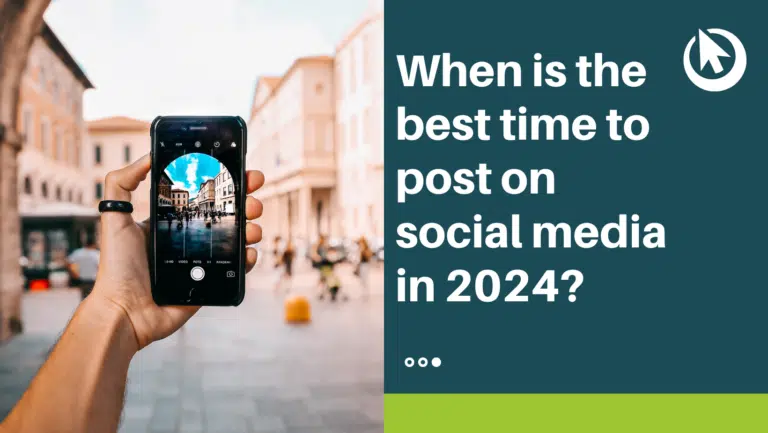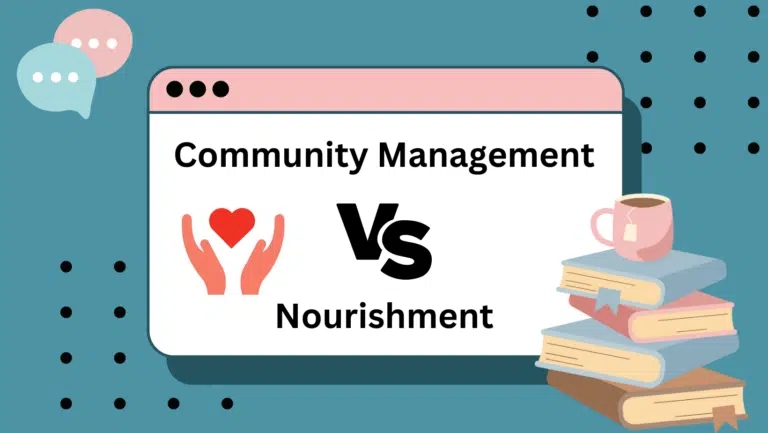Email marketing is an effective marketing channel for all sizes of business enterprise. It has proven benefits for generating leads and boosting sales, and as your emails go to the target audience most likely to use your products or services, it can be a useful way to build connections and form relationships with your customers. This direct engagement has been proven to improve brand awareness and is a great way to promote your business and content.
To help you, we have put together a simple guide to email marketing campaigns to get you started.
Email Marketing Campaign Aims
Knowing what you want from your email campaign ensures that your audience can be targeted with a specific goal in mind. Do you want to boost sales? Market a new product? Improve your audience engagement and brand awareness? These are the questions that you should be asking so you don’t waste time, resources on money on creating an email campaign that isn’t aligned with your business aims.
This information is also key for any part of the process for which you may need to out-source or find/create images and assets. This may be a digital marketing agency, a copywriter or designer. Without knowing what you expect from an email campaign, how do you expect anyone else to?
You can set up specific metrics that are aligned with your goals to ensure your email campaign is providing the success and return you need.
Marketing Platforms
There are lots of paid marketing platforms available, such as Salesforce or Mailchimp, and they have a range of email campaign tools to help you create, schedule, and manage your emails. These all-in-one automated platforms are now an essential asset, especially for larger businesses with a larger number of contacts or subscribers. Choosing the right one that will work for you will be entirely down to personal preference and your budget.
We would recommend shopping around and seeing what each platform may offer your business in terms of tools and features.
Design & Content
Your email design can be a crucial part of getting the recipient to engage. Like any other marketing piece, the design and layout should be a reflection of your brand and include your business name and logo preferably in the header and the footer. Best practices for email design are:
- Use of images
- Large headlines
- Consider Alt-text for images
- Make use of the white space and have chunks of smaller content to make it easily and quickly read by the user
- Choose your font carefully, your branding font may not work for emails
- Ensure there is white space around your CTA to separate it from the base content and encourage the reader to focus on the button
- Keep the design visually pleasing without making the email look too complicated
- Ensure your CTA has precise wording
- Ensure your CTA stands out from the rest of the copy
- Ensure your CTA is placed correctly, connecting your copy to the button without losing it amongst the wording above
If you don’t fancy designing the email yourself, there are numerous templates available online to save you time and money. Just make sure you are happy with the finished look!
Content is the key part of your email. After all, it is what will entice the reader to keep reading and click through to your website. Successful copy will be individual to your business and the skill of the writer but here are a few tips to help:
- Think about your subject line carefully, this is what will encourage the recipient to open your email, highlight the key point of the email if you can.
- Personalise your content if possible.
- Match your copy not only to your brand voice but also to your target audience. Knowing what you can say and the level of formality your reader expects from you can make a big difference as to whether the recipient will read your email in its entirety.
- Optimise the key parts of your email. Selling a product? Make sure this is the subject focus within the email.
- Keep it simple. You may be tempted to fill the email with power words; however, your audience should be able to clearly understand what you are selling and how it can benefit them. This means your copy should be easy and concise.
- Avoid words or phrases that are likely to be picked up by a spam filter. You can use certain words in context but try not to overuse them. These can include “free,” “extra cash” and “guaranteed.” You can find comprehensive lists of “spam” words online.
- Always, always ensure you have several people check for mistakes. This proofreading can stop any email going out to your entire audience with an error!
As a final note on the design and content, we would always recommend that any email template, content, or design is optimised for mobile, as there is increasing use of mobile devices to open emails. This is vital to maximise the chances of engagement.
Compliance with regulations
With increased regulation around data collection and storage, it is vital that you ensure your emails comply with any current local laws. The penalties for personal data breaches can be both financial and reputational and cause untold damage to your business. This includes but is not limited to the following:
- Ensure you have permission to email the people on your list
- Do not use incorrect or misleading information in your header
- Include an option to opt-out of receiving future emails from you
We would ALWAYS recommend making sure you are up to date with all current legislation. Taking your time to read what you can and cannot do legally with email marketing can save your business from any legal fallout in the future.
Test & Review
Conducting A/B testing to determine factors such as when would be the best time to send your email to get the best click rates is an essential part of the process. A lot of email campaign platforms will offer this as standard and give you several factors that you may want to test. Analysing the results gives you the best chance of your email campaign being a success.
Continued monitoring and reviews of your email campaigns can help identify any areas that may not be working as well as you hoped and let you change/improve future campaigns. This gives a tighter control over budget and a greater insight into what your target audience would like from you.
Landing Pages
If you already have an email campaign but it isn’t performing or providing the success you would hope for, it may be time to think about ways to improve. Here at Click Through Digital, we are experts in the field, so we would recommend a website landing page specific to one of your products, services, or content. This is a great way to push more of your customers down the sales funnel. For example, if you want your email subscribers to make a purchase, use an offer or sign up to something such as a webinar, then having an email with a CTA that links directly to your landing page, with the single objective of encouraging your subscribers to take a specific course of action, can generate leads and boost your sales.
In conclusion, the versatility and targeted nature of emails can make them a hugely successful addition to any marketing strategy, allowing you to communicate to your customers any information you want. If you are interested in creating an email marketing campaign but aren’t sure where to start or need more information or resources, please contact us here at Click Through Digital. We are a digital marketing agency in Yorkshire, and we can talk through your needs and requirements and advise on what would work best for your business.
You can get in touch via the contact form on our website, email [email protected] or call us on 01609 590035.


